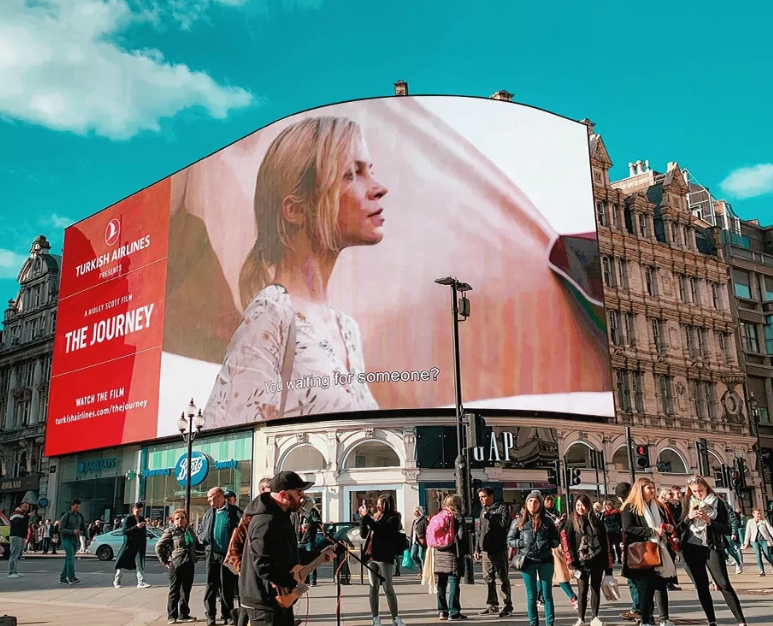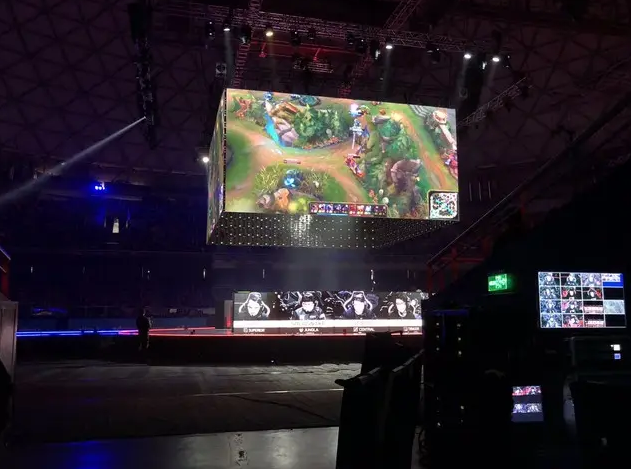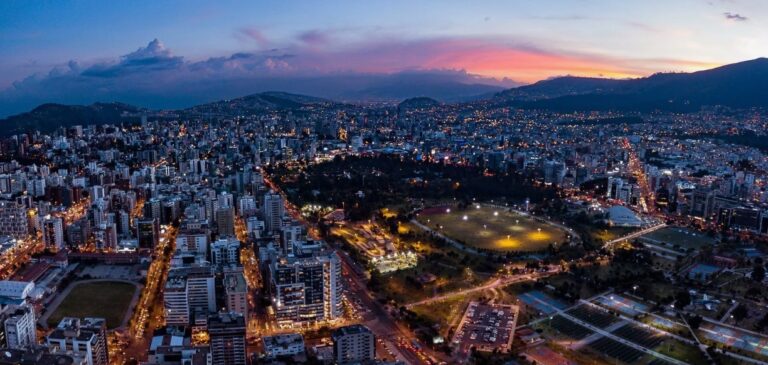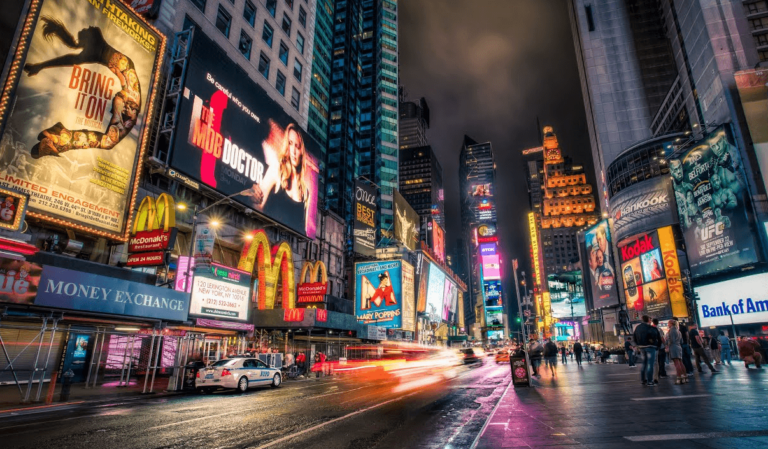With the development of market economy, the application scope of LED display will continue to expand. As a new information dissemination tool, LED display has been widely used in various industries. For most customers, they do not understand the difference between outdoor LED display and indoor LED display.

Now Sostron will introduce six differences between indoor and outdoor LEDs.
1. Brightness
The brightness of indoor LED display screen is not required to be high, and the dynamic scanning circuit is mainly used.
Outdoor LED display screen has high requirements for brightness, because it is a static scanning circuit, and the hardware difference between them is large. The main purpose of dynamic scanning is to save the hardware cost of the display screen. The number of driver chips used differs by more than ten times, which greatly determines that the brightness of the indoor screen is relatively low, generally between 1600 cd/m2, which is only suitable for indoor use.

2. Waterproof
The indoor LED screen structure is basically not waterproof, and even waterproof is a simple waterproof treatment.
Outdoor LED display screen has high requirements for waterproof. Because it is often exposed to wind, rain, thunder and lightning in the outdoors, waterproof treatment is required for cables and boxes during production, and the requirements for box structure itself will vary. Here are 3 ways to prevent water and moisture on LED display.
3. Viewing distance
The indoor LED display screen is required to have a short viewing distance. Its models are generally between P1.5, P1.75, P2, P2.5, P3 and P4, and its area is relatively small, generally within 100 square meters.
Outdoor LED display screen requires a relatively long viewing distance, and the model is generally between P8 and P20. Considering the actual outdoor use scenarios and cost factors, these models of LED displays have low pixel density and are more suitable for the application of outdoor oversize LED electronic screens.
4. Operating environment
The indoor LED display screen is much better than the outdoor environment and is not affected by high temperature. There is no special requirement for waterproof. The indoor LED display screen has high requirements for air humidity. In the rainy season, ventilation measures should be strengthened to maintain a dry environment in front of and behind the indoor LED display screen.
The outdoor LED display screen is a system generated after combining the research results of the external environment with the preliminary design in the early stage and the maintenance in the later stage. It is mostly used in large outdoor squares, such as government squares, leisure squares, business centers, advertising information boards, business streets, railway stations, etc.

5. Display function
In addition to advertising, the indoor LED display screen is also used for big data display, conferences, exhibitions and other occasions, displaying more extensive content.
The outdoor LED display screen is mainly used for advertising, mainly playing advertising videos, videos and text content.

6. Installation
The LED display screen used indoors needs to consider the installation environment, the load-bearing capacity of the wall, and the maintenance design before use to save the installation space as much as possible.
Normally, when installed outdoors, LED displays are mostly used for wall hanging, columns, brackets, etc. They are usually maintained after use, so it is unnecessary to consider the limitation of installation space. Some methods of installing led display.
Indoor LED display and outdoor LED display differ in brightness, waterproof treatment, viewing distance, use environment, display function and installation, resulting in different production materials, accessories, boxes and other hardware. Therefore, indoor LED display and outdoor LED display cannot be mixed.





